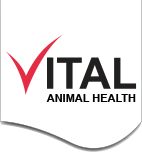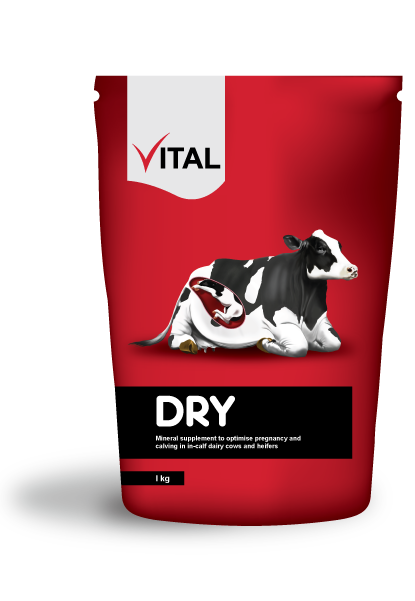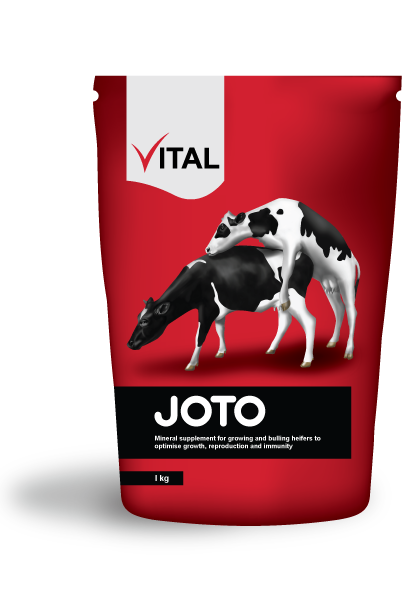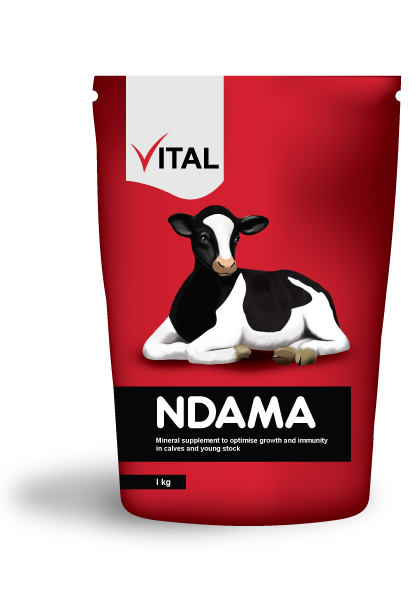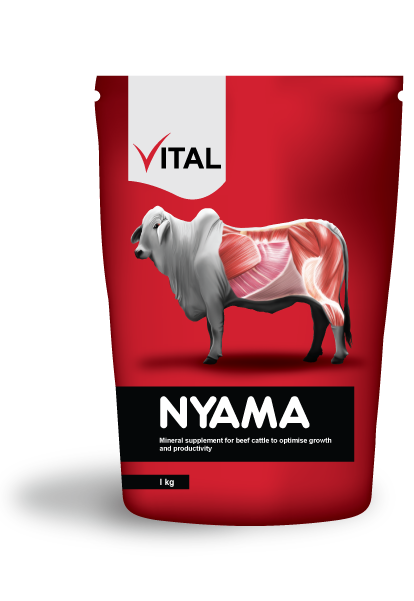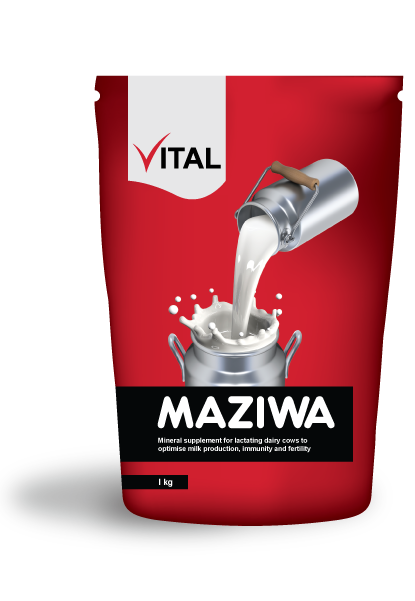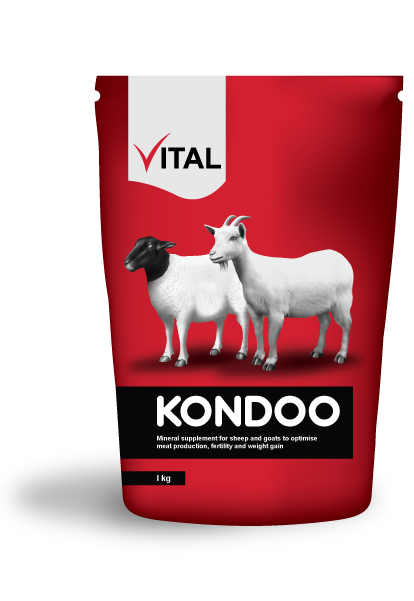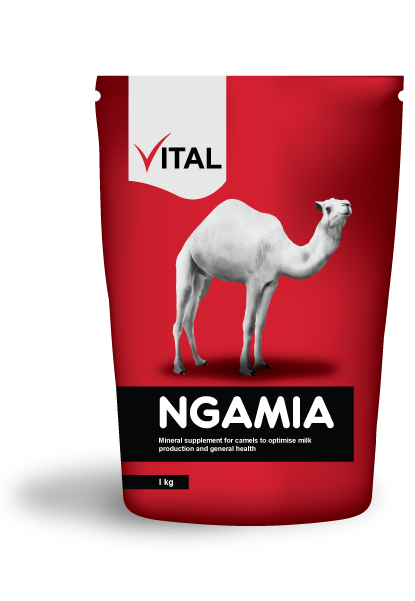Here at Vital Animal Health we pride ourselves on supplying only premium products and we believe that providing quality products is only the beginning of our relationships and responsibilities. We encourage our team of highly trained animal health professionals to work directly with our clients to identify the problems they face with their livestock and create strategic plans for success. We work directly with farmers and veterinary professionals providing educational workshops, media content and information on livestock nutrition and farm management.
These efforts enable us to better understand and address the daily challenges our clients face in caring for their animals. We are proud to consider this an integral part of our ethos and our brand. The result of this commitment to excellence is satisfied clients who can be confident of us and our products and share our passion to maintain healthy, highly productive livestock for both today and tomorrow.
FARM MANAGEMENT
Vital Animal Health provides a wide range of premium livestock nutrition products in order to support and maintain healthy highly productive livestock.
We focus on nutrition and management as the primary tools to ensure animal health and welfare. Aspects of nutrition such as the ad-lib provision of fresh clean water, rumen function and the importance of fodder to the more complex nutrient requirements and the interactions between minerals in biological systems all need to be considered in order to ensure performance. At the core of this is animal comfort and welfare, because happy animals are productive animals.
No product will make up for poor management and welfare so we take pride in educating farmers on these aspects before we begin to focus on what products may be suitable for their animals needs.
ANIMAL NUTRITION
Vital Animal Health provides a wide range of premium livestock nutrition products in order to support and maintain healthy highly productive livestock.
Vital Animal Health manufactures its own range of mineral supplements using key ingredients from good quality suppliers as far afield as the UK, EU, and South Africa. We pride ourselves on providing key solutions to on-farm challenges. We recognise the importance of fodder in rumen function and that the lack of available quality fodder is a major bottleneck to sub-Saharan African farmers achieving the genetic production potential of their herds and we have made quality fodder available in a cost effective and reliable manner.
We recognise the prevalence and impact caused by copper deficiency in sub-Saharan cattle, primarily caused by iron lock-up in the rumen and have devised specific strategies to ensure our mineral formulations effectively combat this in a cost effective manner. We recognise that different life stages and species require different mineral formulations in order to satisfy their different requirements and since 2008 have ensured that we provide the widest range of solutions to these challenges.
OUR PRODUCTS
Nutrition is one of the most critical elements in farming today. Farmers using improved genetics require better nutrition to achieve the full genetic potential in milk yield or growth potential.
Our extensive experience and close contact with smallholder farmers in the vibrant Kenyan dairy sector have given us deep insight into the challenges faced in managing cattle in sub-Saharan Africa. Too often the fundamentals of nutrition and management are not understood because the thousands of smallholders have no formal background in farming (most US or European farms tend to pass from one generation to the next and are well served by competent extension services). In Africa there is a desperate lack of competent and ethical information providers and the few that are there are faced with the difficulty of educating a staggeringly large group of diverse farmers over a vast area. Kenya for instance is quoted as having “the largest dairy herd in Africa” - but this herd is owned by over a million farmers. We believe that we can make a difference by ensuring that farmers understand basic nutrition and management and that this understanding will fundamentally improve their animals' performance and transform the farmers' lives for the better. We support this belief by providing appropriate, high quality products to meet or exceed animal requirements under African conditions.



